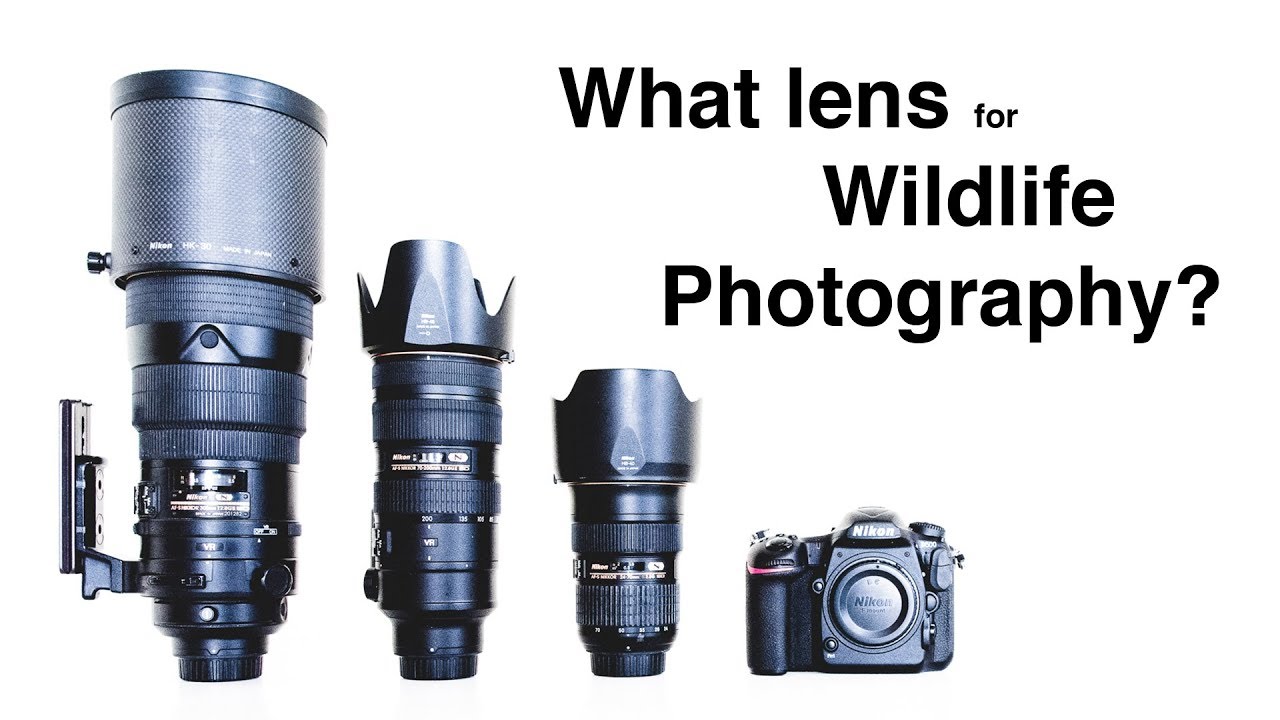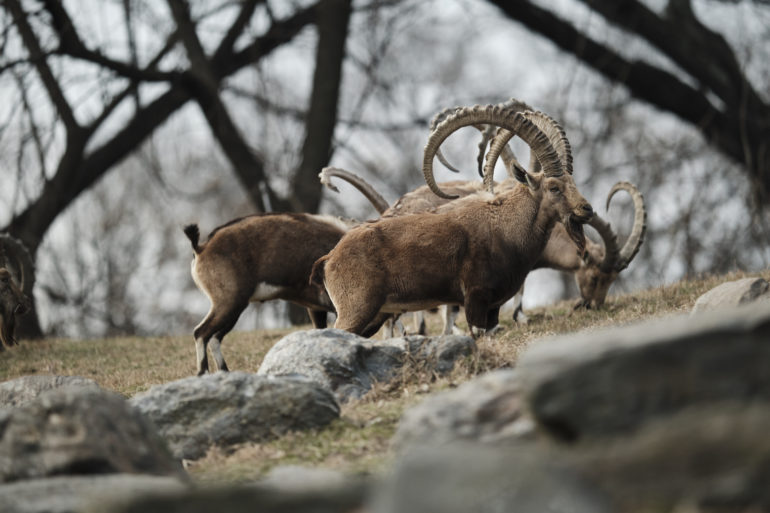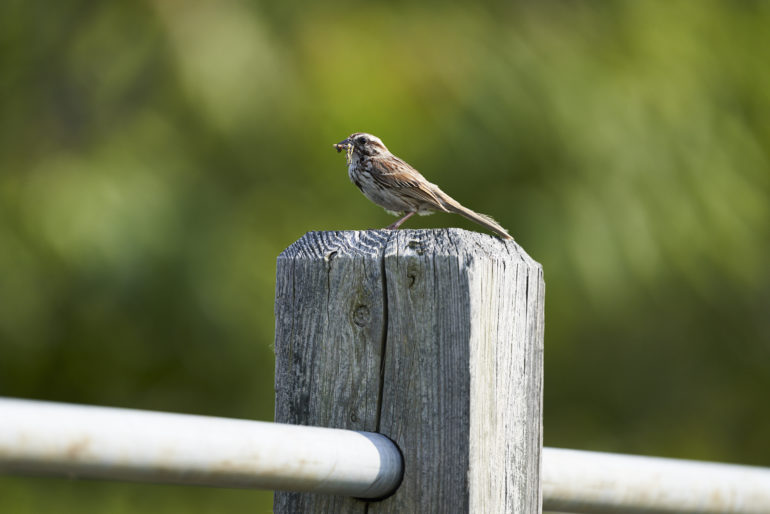If you’re just getting started with wildlife photography, it’s worth knowing which lenses make the best investments.
Thinking of upgrading your lenses for shooting wildlife photography? If you’re determined to do it long-term, we have just the right stuff for you. UK-based wildlife photographer and journalist Tom Mason gives a run-down of his lens recommendations, but not the way most photographers would do it. Understanding that choosing the right lenses for the job can be daunting for beginners, he decided to recommend lenses that you’d be using for years.
In his video above from two years ago, Mason talks about his recommendations for three kinds of “investment lenses” you’ll need for wildlife photography: telephoto zoom, wide-angle, and macro. You won’t need all of them if you’re only after certain types of shots, but if you want to be versatile and try a little bit of everything, you’ll want to have one of each kind.
You won’t really need a super-telephoto lens straight away, but you do need a focal length of at least 200mm to shoot wildlife portraits. His personal choice is a Nikon 300mm f2.8 VR II lens, which is admittedly not feasible for everyone since it’s a really pricey lens. However, you can opt for something like a 70-200mm f2.8. It’s versatile enough to let you shoot landscape type shots at 70mm, then zoom in at 200mm for portrait type shots. With the fast maximum aperture of f2.8, you can shoot in low light and work with quick auto-focus as well.
If you’re really into wildlife portraits, you’re best working with a 300mm lens, or even a 100-400mm or 80-400mm. If you can grab a prime lens like the Nikon 300mm f4 AF-S, all the better, as it will train you to get into the right positions when composing your shot instead of using zoom all the time.
When you want to capture more of the scene and feature the beautiful landscapes your wildlife subjects are set in, you’ll need a wide-angle lens. For this, Mason says you actually have a lot of options in terms of focal lengths, but what you have to consider is the minimum focus distance. A lens like the Nikon AF-S 20mm f1.8G ED has a minimum focus distance of 0.2m, which will allow you to get really close to your subjects if you need to.
Lastly, bug aficionados will definitely need a macro lens. When looking for one, he says it’s best to look for focal lengths of 100mm to 200mm. This will allow you to get superb macro shots even from a distance. This is important when shooting critters that tend to fly away as soon as you get close to them. If you don’t really want to spend much on a dedicated macro lens yet, he also suggests getting extension tubes that you can attach to lenses like a 70-200mm to achieve semi-macro shots.
Don’t forget to check out Tom Mason’s YouTube channel for more of his wildlife photography tips and tricks.
Cover image from the video by Tom Mason




